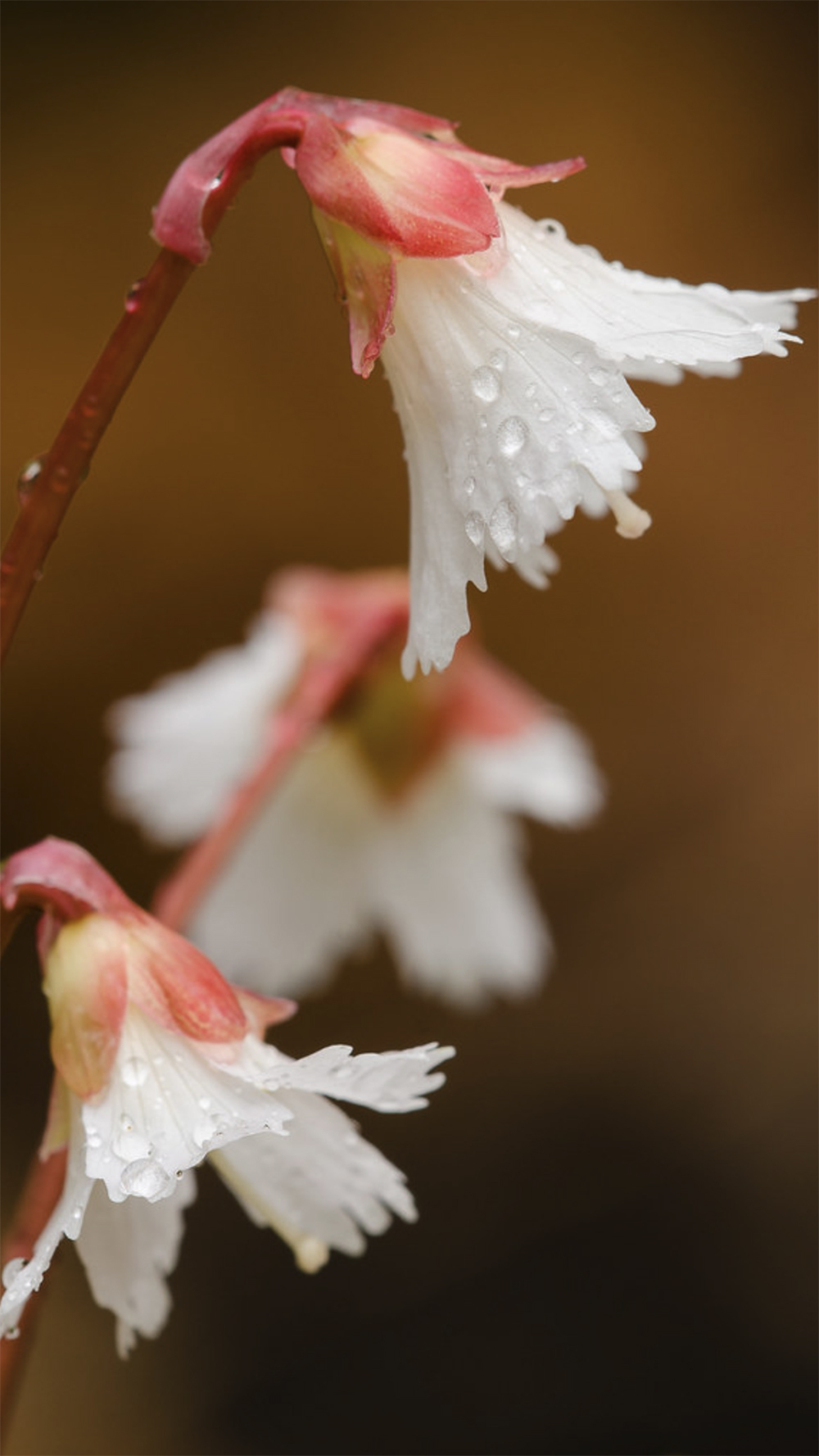Petal prowess: Oconee bell wildflowers might be one giant organism
Thousands of delicate pink-white wildflowers known as Oconee Bells blanket parts of northwest South Carolina each spring, attracting admirers from near and far.
But what if they aren’t thousands of plants at all? What if they are a single organism?
Ashley B. Morris, associate professor of biology at Furman University, believes that’s a distinct possibility.
Morris studies rare plants and plants that reproduce clonally – that is, where one individual sends up new shoots that look like many individuals but are actually genetically the same.
She, Lauren Eberth ’22 and Calla Pederson ’22 are researching whether the Oconee Bells are one of these clonal plants.
Perhaps the best-known example of clonal plants is the Pando Aspen tree, said to be one of the largest organisms in the world, she said. Covering more than 106 acres in Utah, it includes more than 40,000 trees, according to the U.S. Forest Service.
“There are tens of thousands of individual trees,” Morris said, “but they’re all the same genetic individuals.”
Morris was intrigued by the Oconee Bells when she learned they are an iconic plant with their own fan club and annual festival.
“They put on these really spectacular floral displays in the spring,” she said. “And they are really popular with the local community in part because they have this really interesting history. There is a local grass roots love of the plant and people want to protect what’s left.”
Outside of a few spotty places, Oconee Bells only grow in western North and South Carolina, she said. Though once more common, more than 60 percent of the habitat was flooded when Lake Jocassee was formed, she said.
Originally identified in the late 1700s to early 1800s in the Oconee and Pickens county area, it’s county of origin is debated, which adds to the lore surrounding the plant, she said.
As a population geneticist, Morris uses genetic tools to look at different aspects of a group of plants and is fascinated by the idea of clonality.
“But instead of digging up a whole bunch of plants to see if they’re connected underground, which is the way Oconee Bells grow, the easiest way is genetics,” she said. “You identify whether or not two individuals share the same genetic information.”
So Morris and her team are visiting as many places where the plant grows as possible to take samples. In mid-October, she teamed up with Kay Wade who runs Lake Jocassee Boat Tours to collect Oconee Bells in areas not easily accessible by land.
The information could have significant implications for conservation of the species, she said.
“The less genetic differentiation and more clonal presence means that in reality, this thing is rarer than people realize,” she said.
Morris says her love of outdoor science began in childhood at space camp and marine biology camp. She’d been on the faculty at Middle Tennessee State University in Murfreesboro for about eight years when Furman called in 2019.
Though she has some preliminary data from field and lab work this summer, Morris expects the research to last several years and is seeking grants to help fund the effort.
“What we really need to do is expand the number of geographic locations we sample and the amount of genetic data we generate to make strong conclusions,” she said. “And it does cost a lot of money to do this work.”
The research may also be able to estimate how old the Oconee Bells are, and whether those there today are the same ones discovered hundreds of years ago, she said.
“Clonal plants could be here for hundreds if not thousands of years so it’s not that far off to say it could be the same individual discovered in the 1700s,” she said. “It’s pretty amazing thinking about a single organism being able to live that long.”
